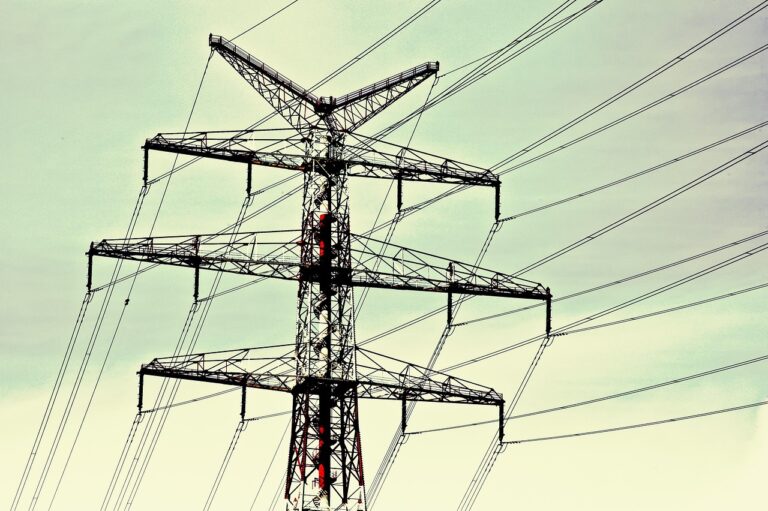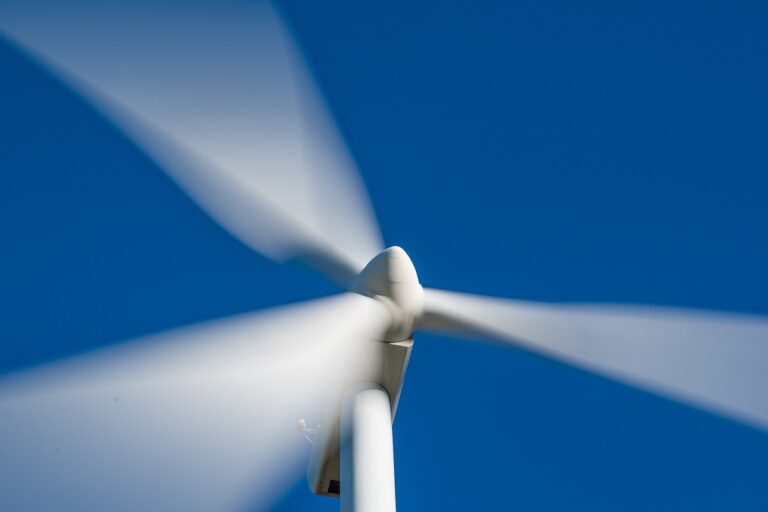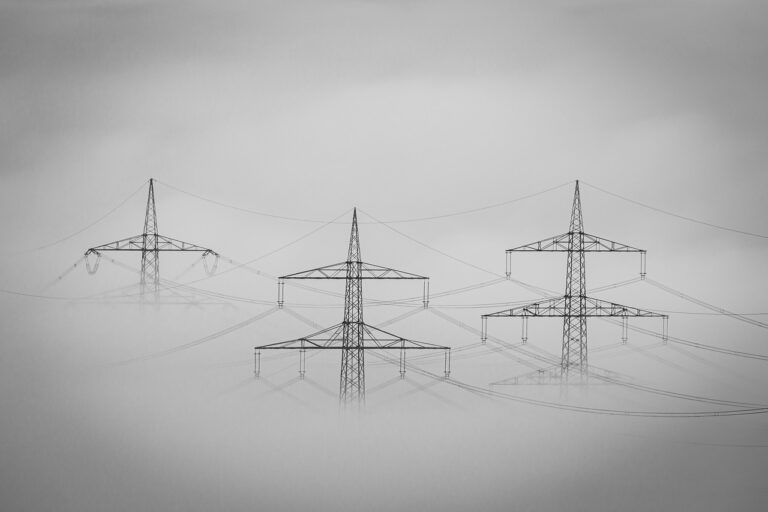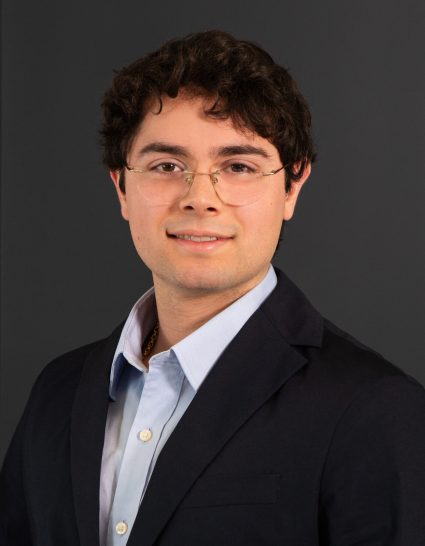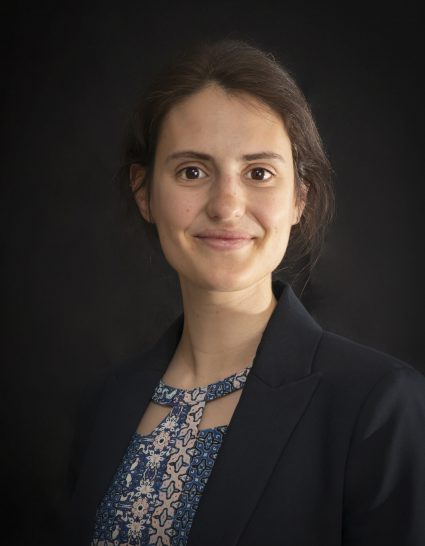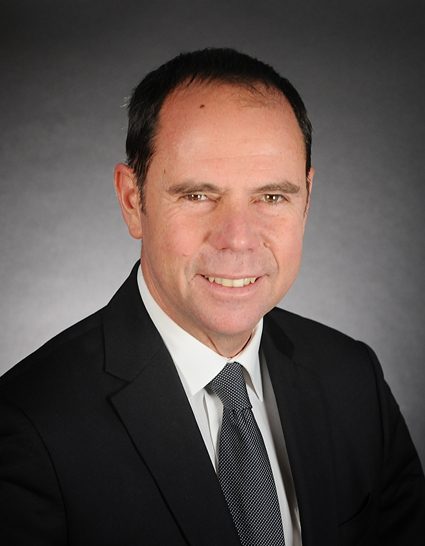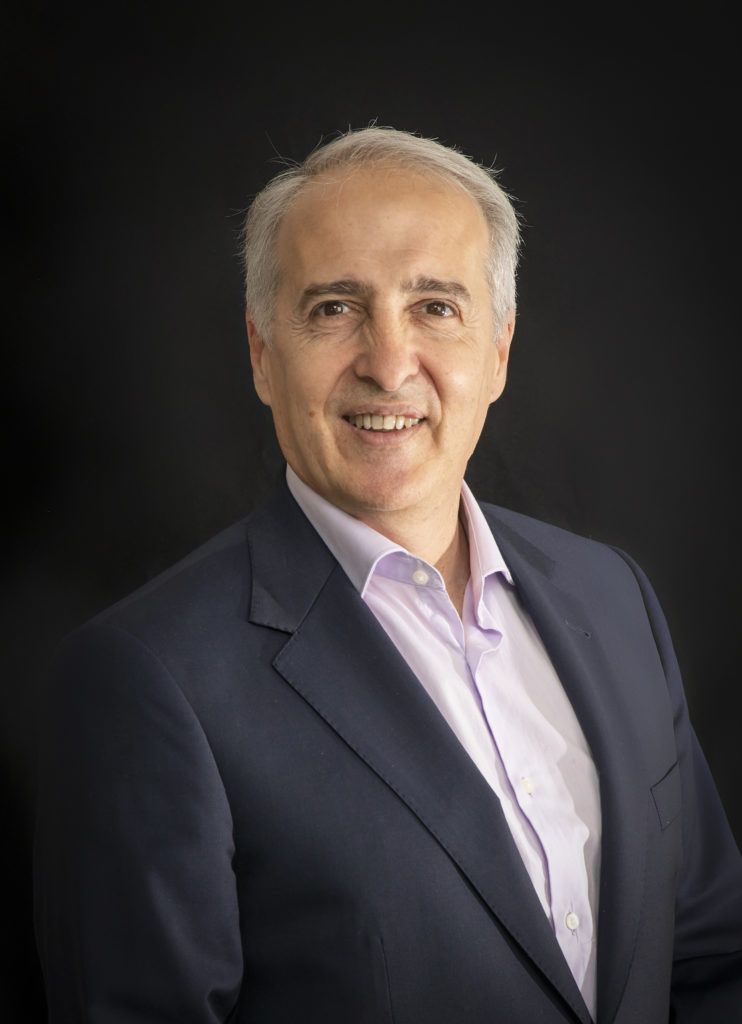Following the signature of the European agreement in Paris in December 2019, the French government asked RTE, in the exercise of its powers, to launch a large-scale study on the evolution of the electricity system. The study, named “Energy Futures 2050[1]“, was to include technical and economic aspects, an environmental analysis and take into account the social aspects of the various possible scenarios to achieve carbon neutrality by 2050.
On 25 October, after a public consultation with 4,000 organisations and individuals, RTE presented the “main results” of its prospective study. In truth, just a glimpse was revealed …
An overview of what is on the menu between now and 2050.
As part of its decarbonisation objective, the French government has committed to reduce national energy consumption by 40% (from 1,600 TWh to 930 TWh) over 30 years. RTE notes in its report that this challenge can only be met by focusing on energy efficiency and moderation. And even if reducing consumption was to contribute to decarbonisation, it would not be enough; it would also require a change in energy sources. In other words, carbon neutrality for 2050 would imply a massive electrification for different types of usage and, therefore, an increase in electricity consumption, even if total energy consumption was to decrease. According to the reference consumption scenario presented by RTE (a scenario derived from the SNBC[2]), the share of electricity in French energy consumption would rise from 25% today to 55% in 2050 (reaching a total of 645 TWh). And all this implies a challenge: ensuring the availability of a sufficient quantity of electricity (security of supply guarantee).
In addition to the above-mentioned baseline consumption scenario, RTE has studied two other main alternative scenarios (and some additional variants): one of “sobriety” – which implies a reduction of electricity consumption compared to the baseline in 2050 by 14% (i.e., 555 TWh) – and one of “deep reindustrialisation” – which implies an increase of electricity consumption by c. 17% (consumption of 752 TWh in 2050). But both are based on the same premise: electricity consumption will increase over the next 30 years as electricity itself becomes the vehicle of energy transition.
Most of the analyses carried out so far have stated that this consumption will be stable and that, consequently, if we wish to make room for renewable energies, it would be preferable to close nuclear reactors by means of a simple substitution. In this sense, the result of this report has reversed the trend. Both technologies, nuclear and renewables, need to be combined to achieve the target. Moreover, the pace of deployment of these technologies will need to be accelerated considerably if the Paris Agreement target is to be met.
Although nuclear power is back in the spotlight because of the need to increase electricity production, the ageing of the existing fleet and the fact that it is physically impossible for the nuclear industry to build new reactors before 2035 make it clear that the development of renewable energies is essential for the next decade at least.
Even if the lifetime of second-generation reactors was to be extended to its maximum (up to 60 years) and if EPR or SMR reactors were to be developed at an accelerated pace, nuclear production would not be able to reach more than 50% of the maximum French electricity production within this timeframe. Thus, in the six production scenarios proposed by RTE, renewable energies will become predominant in France in 2050.
The six scenarios presented by RTE can be regrouped into two main families: the “M” scenarios, with no new nuclear energy and 100% renewable energy in 2050 (for M0) or in 2060 (for M1 and M23), and the “N” scenarios, with new nuclear energy, representing between 26% and 50% of the generation mix in 2050.
So, should France revive nuclear energy and delay the closure of ageing plants, or, on the contrary, move towards 100% renewable energy?
RTE does not provide an answer. Its study only aims to objectify and enlighten the debate. However, the report shows a slight preference for the “N” scenarios and nuclear energy. Why is this so?
First of all, the assumption made under both families of scenarios is that France will have the technical capacity to meet this challenge. According to the three “M” scenarios, in 2050, solar energy will represent between 0.1% and 0.3% of its territory (similar to the forecasts of neighbouring countries but representing a significant increase compared to today’s figures) and there will be between 15,000 and 30,000 wind turbines (against 8,500 today). While this increase does not imply a major technical or economic challenge for the country, France is currently far behind in terms of wind farms if compared to other European countries such as Germany, Denmark or the UK (Germany, for example, already has 30,000 wind turbines installed). As for the “N” scenarios, France will have to launch a faster programme of new reactor construction that would involve building two reactors every three years from 2035. And operate the existing nuclear fleet as long as possible (up to 60 years).
However, RTE warns: “to do without new nuclear reactors implies a faster pace of development of renewable energies than that of the most dynamic European countries” (a faster pace of development than that of Germany for onshore wind and solar installations, and that of the UK for offshore wind installations). It is: “a possible path, but a very difficult one”, as Thomas Veyrenc, Director of RTE’s Strategy, Forecast and Evaluation Division, pointed out.
Moreover, from an economic point of view, RTE leaves no doubt that a mix integrating a very large share of renewable energies will be more expensive than a scenario with nuclear power. This is due to the fact that renewable energies require a significant deployment of flexibility and a resized network (interconnections, hydraulic storage, batteries and hydrogen thermal power plants, demand management) which increase the total cost of the system and place it above that of nuclear (even if the latter currently shows a higher cost per unit).
In short, the operator seems to be more in favour of the “N” scenarios, as Xavier Piechaczyk, president of RTE, mentions in his interview with L’Express following the publication of this report: “the most economical solution would be to keep nuclear energy in operation and increase the development of the most mature renewable energies”.
However, whatever scenario is eventually chosen, RTE recommends that the French government create a solid public framework to reduce the extra cost of renewable energy flexibility present in all scenarios, by strengthening the new supply circuit and creating a low carbon hydrogen system.
Furthermore, contrary to the fears of many experts, the study concludes that achieving this 100% low-carbon electricity system by 2050 will not lead to a dramatic increase in consumer bills. Although the overall cost per megawatt hour may increase, the ratios are manageable (around 15% without inflation).
The initial investment cost of this electricity system is high: between 750 and 1 billion euros per year over 40 years. On the other hand, decarbonisation creates a system with very low operating costs. Consequently, the improvement of France’s trade balance will be immediate given that it imports large quantities of fossil fuels. In addition, the cost of energy will be more stable as it will be freed from the volatility of gas and oil prices, says RTE.
Although one of RTE’s objectives was to objectify and calm down the “renewables versus nuclear” debate with this report, this does not seem to be the case. For example, Cérémé[3], which advocates for a wider use of nuclear energy, reacted to the publication: “The 6 scenarios presented by RTE have in common that the share of intermittent renewable energies (IRES), such as wind or solar, will increase in the French energy mix to the detriment of nuclear. This choice would ultimately worsen France’s carbon footprint, since the intermittence of these energies needs to be compensated with the use of controllable fossil fuels, such as gas or coal, which emit high levels of CO2[4]“. On the other hand, the Négawatt association and the Agency of the Ministry of Ecological Transition have also defended their own scenarios: more sober and with less nuclear energy. It is obvious that the publication of the full report will not put an end to the debate.
The full RTE study will be published in the first quarter of 2022 and will include, among other things, a detailed cross-check of the different consumption and production scenarios presented in this first report. Furthermore, once the guidelines of the French energy-climate strategy have been adopted, RTE recommends that the different scenarios and any potential future ones be updated within 5 years.
Comparing the French strategy with the one of its neighbouring countries, although trajectories based on electrification and a 100% renewable energy system are in place in several European countries, many states are considering complements to local renewable energy production. Germany’s strategy relies heavily on gas imports in the short term and “green hydrogen” imports in the long term. Several North Sea countries plan to continue using fossil fuels in combination with carbon capture and storage (CCS), while the UK, US and China are embarking on new nuclear programmes to complement renewables.
This complementarity is reflected in the scenarios of the International Energy Agency and the European Commission. In particular, the latest IEA “Net Zero Emission” (NZE) scenario advocates for nuclear or CCS (Carbon Capture and Storage), even if they remain in the minority (see HES article published in July 2021 for more information on the IEA report).
In conclusion, the climate challenge is immense and much remains to be done: decarbonising electrification for different usages, electrifying the economy, adapting and resizing the electricity system, clarifying corresponding policy, defining an appropriate regulatory framework, etc. However, this report is published at a time when France’s energy future is at the heart of the debate in the context of the 2022 presidential elections, particularly on the delicate issue of nuclear energy. But, to continue with the gastronomic analogy, we will have to work twice as hard if we are to reach the 2050 carbon neutrality target, or the 55% reduction in emissions by 2030 that the European Union has set. There is no time to waste!
Paloma Hepburn
[1] https://www.rte-france.com/en
[2] SNBC (Stratégie nationale bas-carbone – Low-carbon National Strategy): this is a document that serves as a roadmap for achieving carbon neutrality. It is published by the Ministry of Ecological Transition and Solidarity. It is recalculated every 5 years. The latest version dates from 2020 and establishes the reference framework for RTE’s “Energy Futures 2050”.
[3] Cercle d’Étude Réalités Écologiques et Mix Énergétique
[4] Press release of 24 October 2021: Energy futures 2050: the Cérémé alerts the French people to the orientations presented in the forthcoming RTE report and proposes an alternative scenario that is better on all the criteria retained

